"The Winds Of Change: Climate, Weather, And The Destruction Of Civilizations" By Eugene Linden

An In-Depth Literary Analysis of the Hurricane Book: "The Winds of Change: Climate, Weather, and the Destruction of Civilizations" by Eugene Linden
- Introduction
- Book Details
- How "The Winds of Change: Climate, Weather, and the Destruction of Civilizations" by Eugene Linden Portrays Hurricanes
- Key Aspects of "The Winds of Change: Climate, Weather, and the Destruction of Civilizations" by Eugene Linden
- Comparing "The Winds of Change: Climate, Weather, and the Destruction of Civilizations" by Eugene Linden to Other Hurricane Books
- Popular Opinion and Reception of "The Winds of Change: Climate, Weather, and the Destruction of Civilizations" by Eugene Linden
- Frequently Asked Questions
- Conclusion
Introduction
"The Winds of Change: Climate, Weather, and the Destruction of Civilizations" by Eugene Linden is a book that explores the impact of climate and weather change throughout history, including the devastation caused by hurricanes. The book provides a unique perspective on the relationship between humans and the environment, highlighting the power of natural disasters to shape the course of civilizations. In this article, we will delve into the details of the book and its portrayal of hurricanes, discussing the literary techniques used by the author, the symbolism behind the hurricane elements, and its accuracy in depicting the reality of hurricanes. We will also compare the book to other popular hurricane books and evaluate its popularity and reception.
Book Details

- Book Title: The Winds of Change: Climate, Weather and the Destruction of Civilizations
- Author: Eugene Linden
- Genre: Non-Fiction, Environmental Science, History
- Publication Year: 2006
- Publisher: Simon & Schuster
- Additional Interesting Facts: The book was a finalist for the Los Angeles Times Book Prize and has been translated into several languages.
How "The Winds of Change: Climate, Weather, and the Destruction of Civilizations" by Eugene Linden Portrays Hurricanes
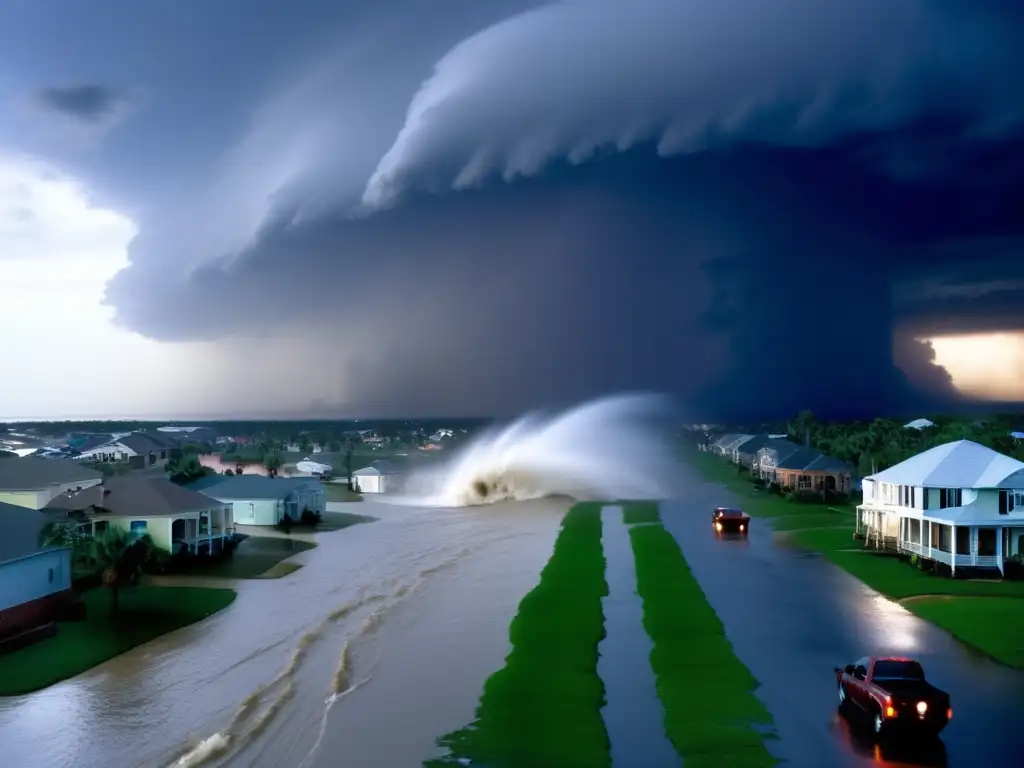
The Role of Hurricanes in the Narrative
Hurricanes play a significant role in "The Winds of Change" by Eugene Linden. They are described as powerful natural forces that can wreak havoc on coastal areas, causing destruction and loss of life. Linden provides several real-life examples of hurricanes that have impacted civilizations throughout history, including the great hurricane of 1780 that devastated the Caribbean islands and the Galveston Hurricane of 1900, which killed up to 12,000 people in Texas. The author uses these examples to show how hurricanes have shaped the course of history and left lasting impacts on the communities they affect.
Symbolism of Hurricanes
Linden also uses hurricanes as symbols of the destructive power of nature. Hurricanes represent the unpredictability and danger of the natural world and the limitations of human control over it. The devastation caused by hurricanes in the book serves as a warning of the consequences of ignoring the impact of climate change on our environment. Hurricanes are seen as reminders of our vulnerability and the need for action to mitigate their effects.
Key Aspects of "The Winds of Change: Climate, Weather, and the Destruction of Civilizations" by Eugene Linden
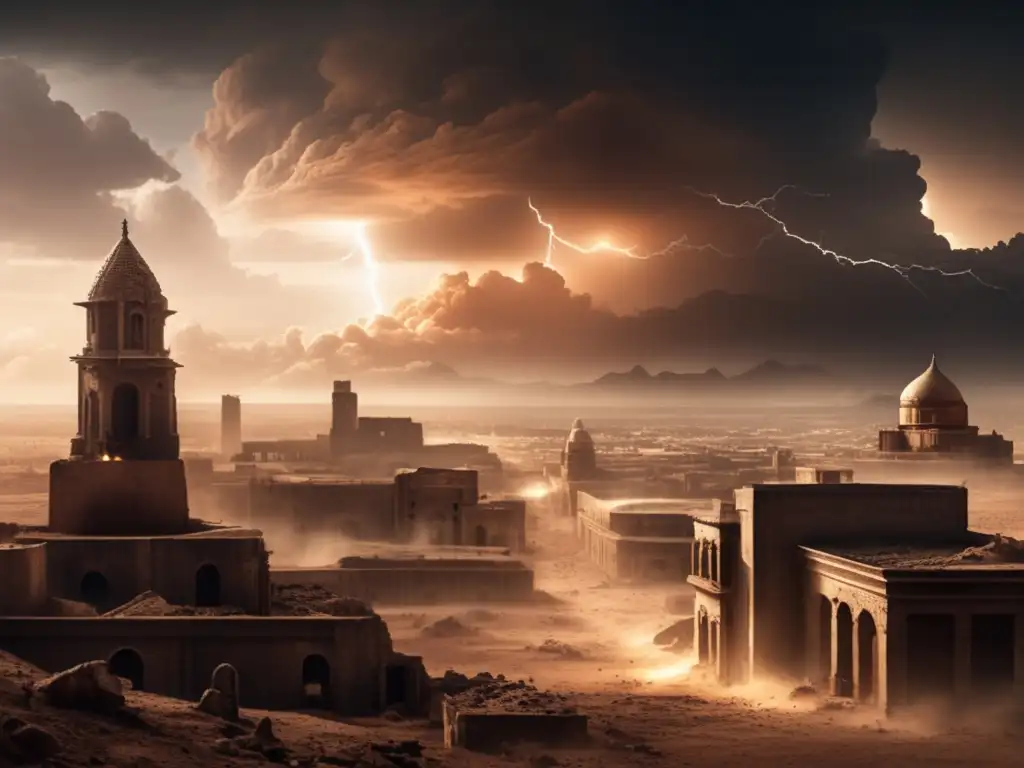
Storyline and Characters
"The Winds of Change" is a non-fiction book that explores the impact of climate change on human societies throughout history. The book is divided into chapters that cover different aspects of climate change, including hurricanes, droughts, floods, and other extreme weather events. Each chapter provides historical examples of the impact of these events on civilizations, highlighting the devastating consequences of ignoring the signs of climate change. The main characters in the book are the human societies affected by these events, with hurricanes serving as catalysts for change and adaptation.
Literary Techniques and Stylistic Devices
The author uses several literary techniques to create an immersive reading experience and convey the emotional impact of hurricanes. Linden employs vivid descriptions of the devastation caused by hurricanes, painting a picture of the chaos and destruction that unfolds in their wake. He also uses anecdotes and real-life examples to bring his arguments to life, providing relatable and tangible evidence of the impact of climate change on human societies. The book also includes maps, charts, and graphs to further illustrate its points and provide a visual guide to the information presented.
Realism and Accuracy
"The Winds of Change" is a well-researched and accurate portrayal of the impact of hurricanes on human societies throughout history. The historical examples presented in the book are based on factual accounts and provide a nuanced understanding of the complex relationship between humans and the environment. The book's emphasis on the need for action to mitigate the impact of climate change is supported by scientific data and evidence-based arguments.
Comparing "The Winds of Change: Climate, Weather, and the Destruction of Civilizations" by Eugene Linden to Other Hurricane Books
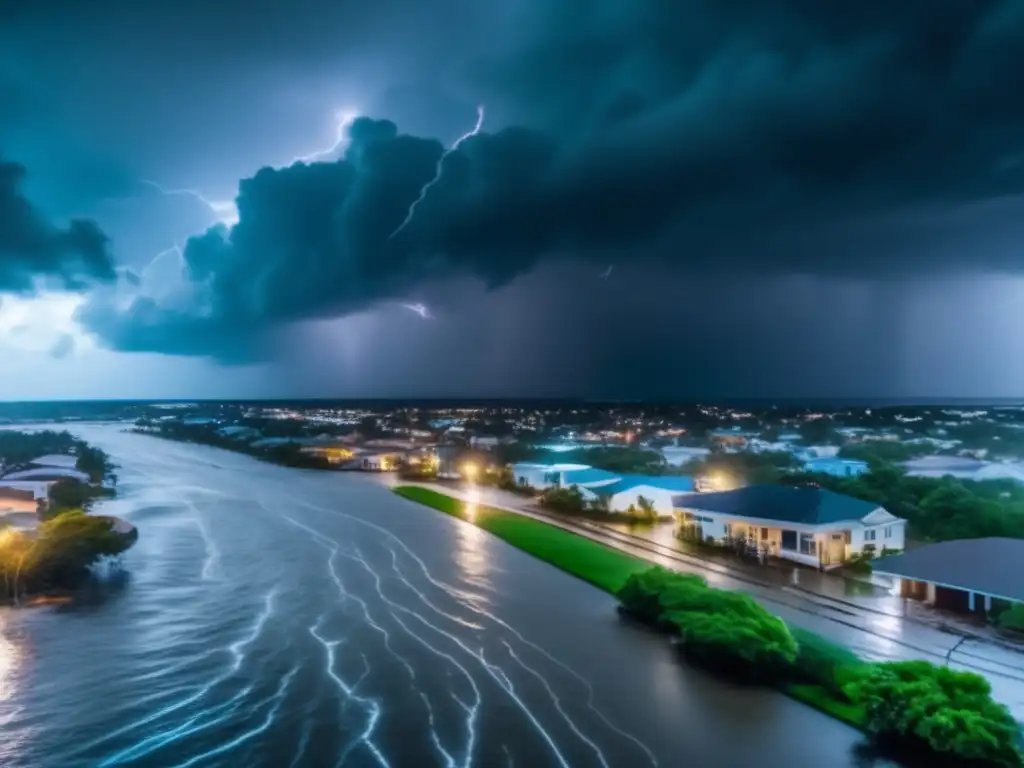
"Isaac's Storm: A Man, a Time, and the Deadliest Hurricane in History" by Erik Larson
Erik Larson's "Isaac's Storm" is a historical non-fiction book that focuses on the 1900 Galveston Hurricane, which killed up to 12,000 people in Texas. Like "The Winds of Change," it provides a detailed account of the devastation caused by a hurricane and its impact on the affected communities. However, while "The Winds of Change" covers multiple hurricanes throughout history, "Isaac's Storm" focuses on a single event. Additionally, "Isaac's Storm" provides more personal stories and focuses more on the individuals affected by the hurricane.
"The Perfect Storm: A True Story of Men Against the Sea" by Sebastian Junger
Sebastian Junger's "The Perfect Storm" is a work of literary journalism that tells the story of a fishing boat caught in the middle of a massive storm off the coast of New England. While hurricanes are not the main focus of the book, the storm in question was caused by the convergence of several weather systems, including the remnants of Hurricane Grace. "The Perfect Storm" provides a personal and emotional account of the impact of the storm on the crew of the fishing boat, as well as the families waiting for them on shore.
Popular Opinion and Reception of "The Winds of Change: Climate, Weather, and the Destruction of Civilizations" by Eugene Linden
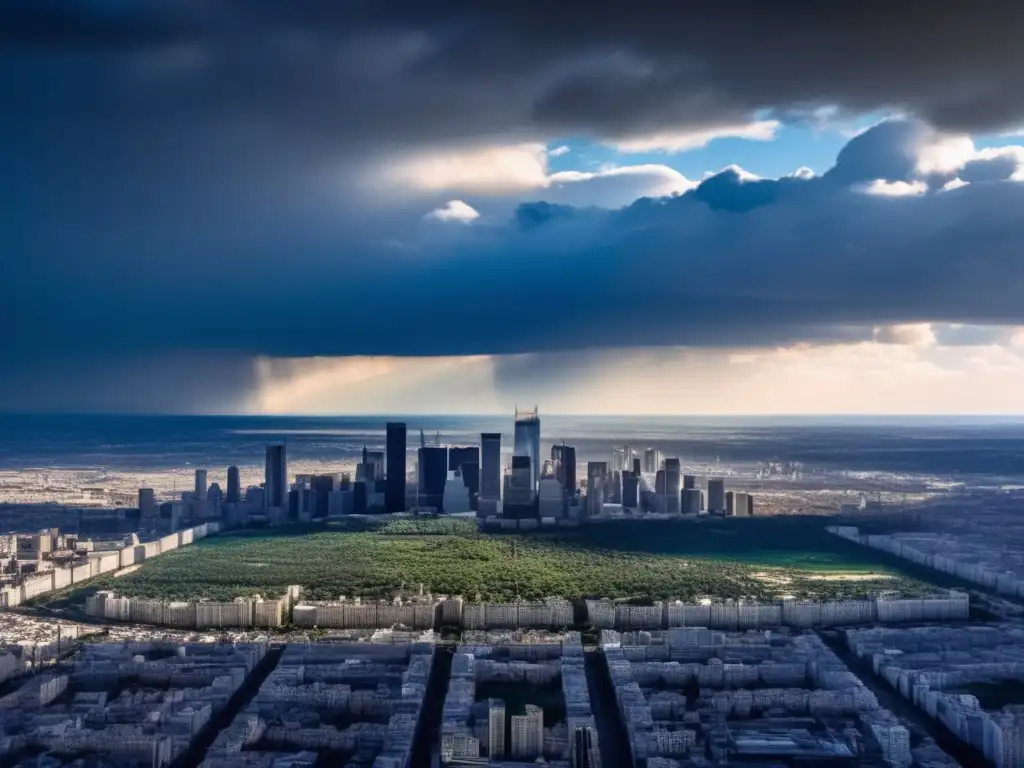
"The Winds of Change" by Eugene Linden has been well-received by both critics and readers. The book was a finalist for the Los Angeles Times Book Prize and has been praised for its detailed research and compelling storytelling. Critics have also noted the book's relevance to current discussions about climate change and the need for action to mitigate its effects. Readers have commented on the book's informative and thought-provoking nature, with many stating that it has changed the way they view the impact of climate change on human societies.
Frequently Asked Questions
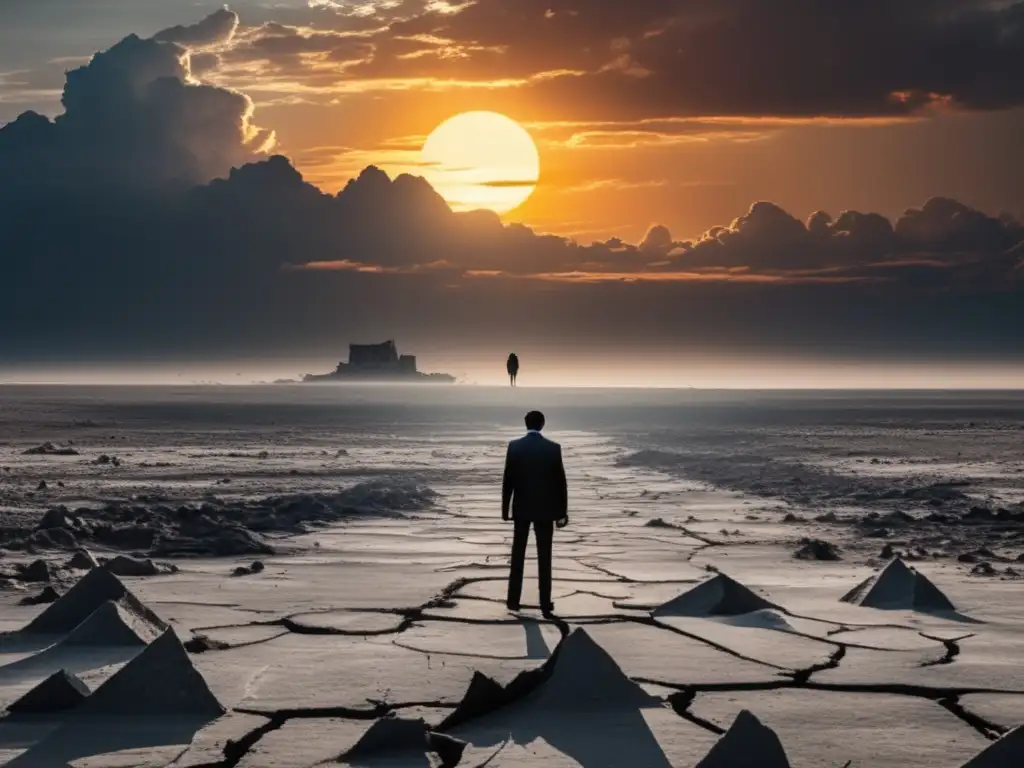
-
Q: Does "The Winds of Change" provide any solutions to addressing the impacts of hurricanes and other extreme weather events?
A: Yes, while "The Winds of Change" primarily focuses on the historical impacts of hurricanes and other extreme weather events, it also discusses potential solutions for mitigating their effects. The author advocates for preventative measures such as building stronger infrastructure and reducing greenhouse gas emissions to slow down the effects of climate change.
-
Q: Is "The Winds of Change" a difficult read?
A: While "The Winds of Change" is a non-fiction book that covers complex topics, it is written in an engaging and accessible style. The book includes anecdotes and real-life examples to illustrate its arguments, making it an informative and easy-to-understand read.
-
Q: Does "The Winds of Change" cover other types of extreme weather events besides hurricanes?
A: Yes, "The Winds of Change" covers a range of extreme weather events, including droughts, floods, and wildfires. Each chapter provides historical examples of the impact of these events on civilizations, and the lessons learned from them.
-
Q: What makes "The Winds of Change" different from other books about climate change?
A: "The Winds of Change" provides a unique perspective on the impact of climate change by focusing on its historical and cultural implications rather than solely on the scientific data. The book explores the relationship between humans and the environment throughout history, highlighting the lessons we can learn from past events.
-
Q: Would "The Winds of Change" be a good resource for students studying climate change?
A: Yes, "The Winds of Change" would be an excellent resource for students studying climate change or environmental science. The book provides a detailed and well-researched account of the impact of climate change on human societies and includes informative maps, charts, and graphs to support its arguments.
Conclusion
"The Winds of Change: Climate, Weather, and the Destruction of Civilizations" by Eugene Linden is a compelling and informative book that explores the impact of hurricanes and other extreme weather events on human societies throughout history. The book provides a unique perspective on the relationship between humans and the environment, highlighting the lessons we can learn from past events to address the impact of climate change. Linden uses vivid descriptions and well-researched examples to convey the emotional impact of hurricanes, while also providing accurate and informative data to support his arguments. Overall, "The Winds of Change" is a valuable addition to the literary depiction of hurricanes and a must-read for anyone interested in the impact of climate change on our world.
We encourage you to share your thoughts on this article and the book in the comments section below. Don't forget to subscribe to our website and follow us on social media for more informative articles and updates on hurricanes and other extreme weather events.
 "Great Storms Of The Jersey Shore" By Larry Savadove And Margaret Thomas Buchholz
"Great Storms Of The Jersey Shore" By Larry Savadove And Margaret Thomas Buchholz "Bret And Kimberly: Sister Hurricanes" By Jonathan D. Kahl
"Bret And Kimberly: Sister Hurricanes" By Jonathan D. Kahl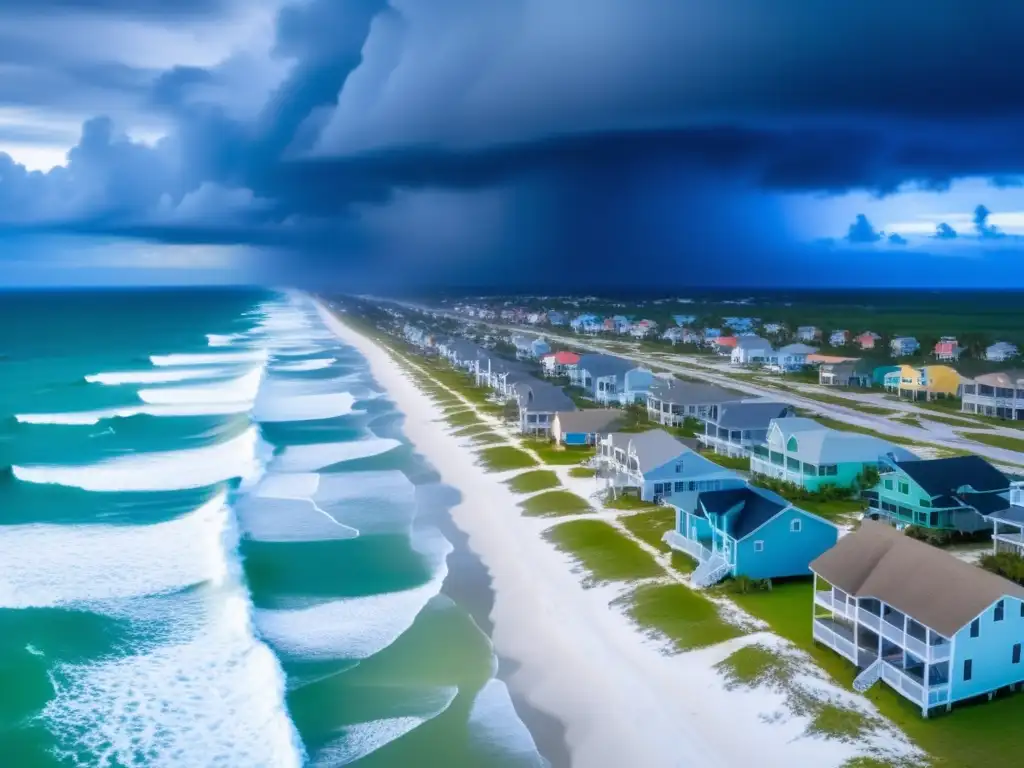 "Florida's Hurricane History" By Jay Barnes
"Florida's Hurricane History" By Jay BarnesIf you want to discover more articles similar to "The Winds Of Change: Climate, Weather, And The Destruction Of Civilizations" By Eugene Linden, you can visit the Books about Hurricanes category.
Leave a Reply

Articulos relacionados: